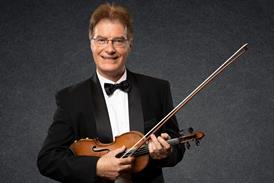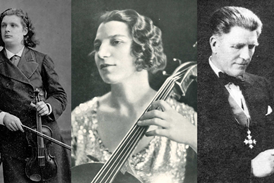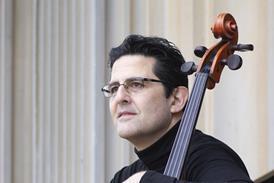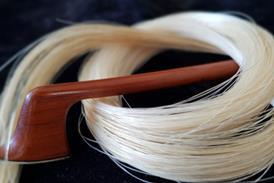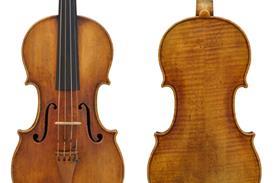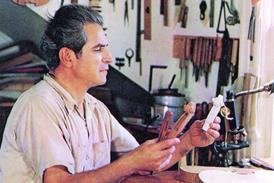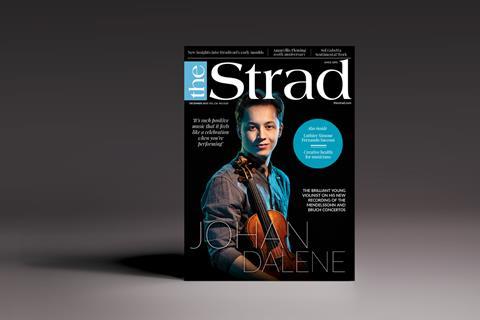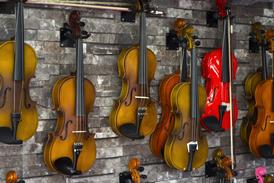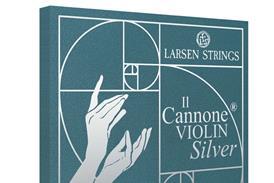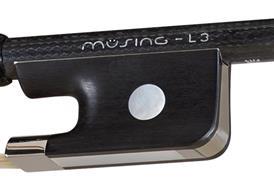- News
- For Subscribers
- Student Hub
- Playing Hub
- Directory
- Lutherie
- Magazine
- Magazine archive
- Whether you're a player, maker, teacher or enthusiast, you'll find ideas and inspiration from leading artists, teachers and luthiers in our archive which features every issue published since January 2010 - available exclusively to subscribers. View the archive.
- Jobs
- Shop
- Podcast
- Contact us
- Subscribe
- School Subscription
- Competitions
- Reviews
- Debate
- Artists
- Accessories
Always by my side: what do violinists keep in their case?

From spare shoulder rests, chinrest keys to various mutes and rosins, leading violinists reveal the items that they always carry with them when they are on the road. From the June 2025 Accessories supplement
Vadim Gluzman, violin
My case holds a great many accessories, all of them surely familiar to my colleagues. I always have three or four new sets of strings (I use Thomastik’s Pi G, D and A), and a dozen of Jargar Forte E – that’s life on the road. I change strings rather frequently: every two to three weeks or so, depending on the repertoire.
Already subscribed? Please sign in
Continue reading this article and explore hundreds more…

